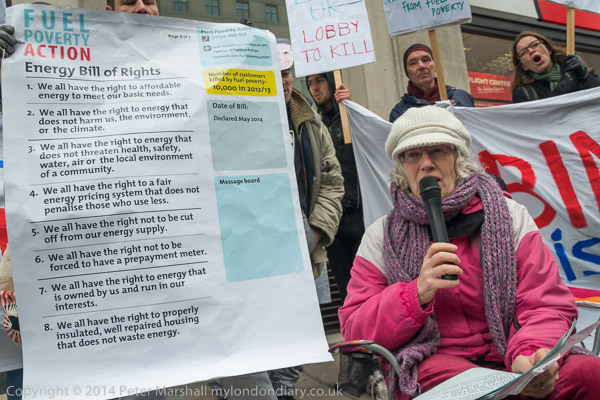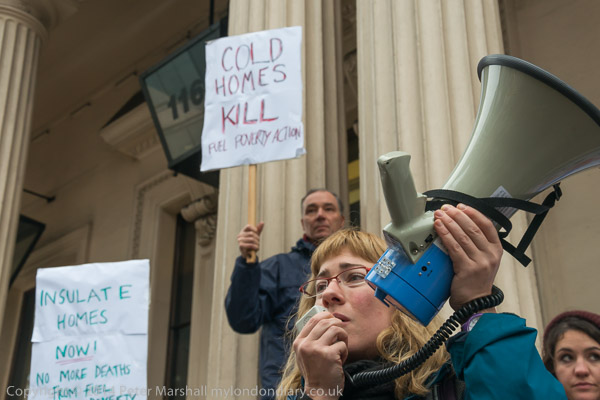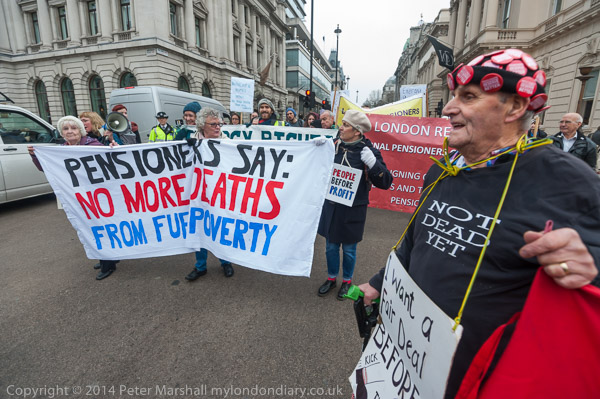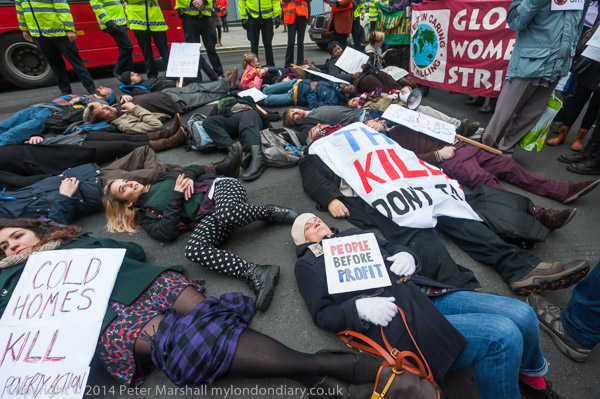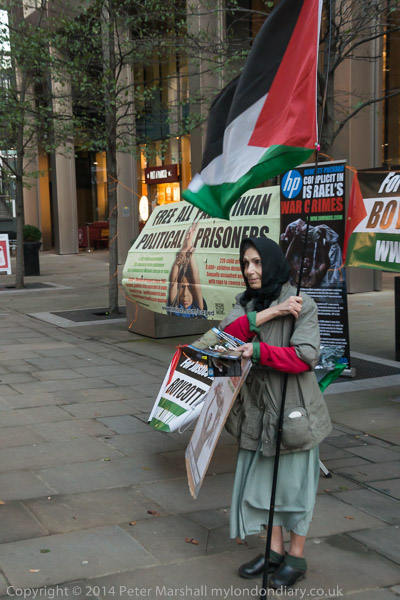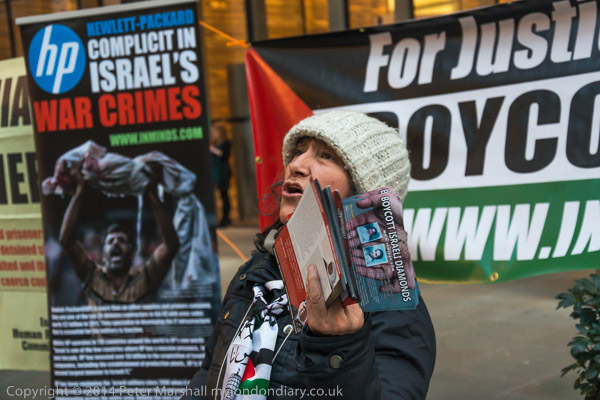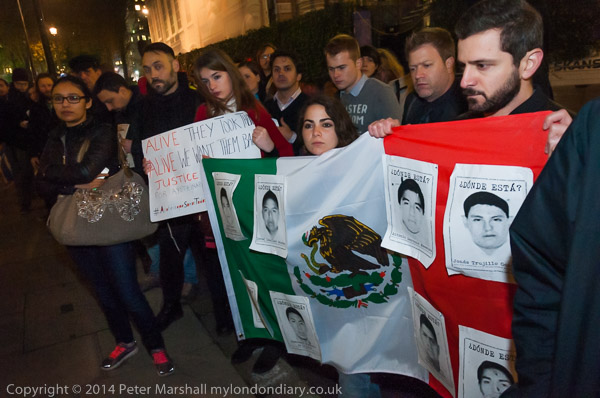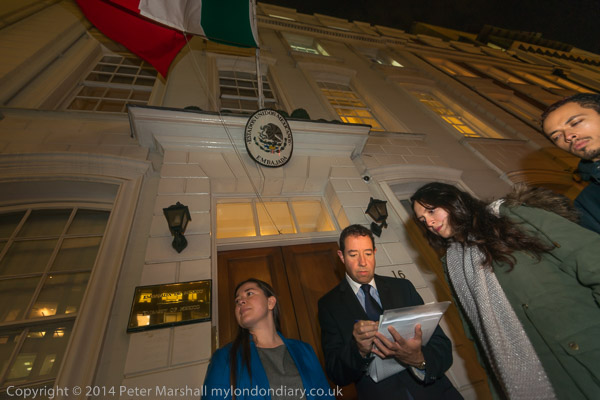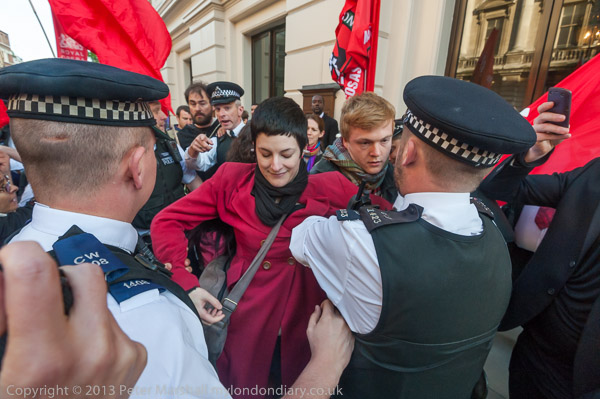
Saturday May 3rd 2014 provided me with quite a range of events to photograph around London, finishing with a protest against the abuse of staff employed by MITIE at the Royal Opera House. IWGB members including the workplace rep have been sacked or lost work, with others being brought in to take their places.
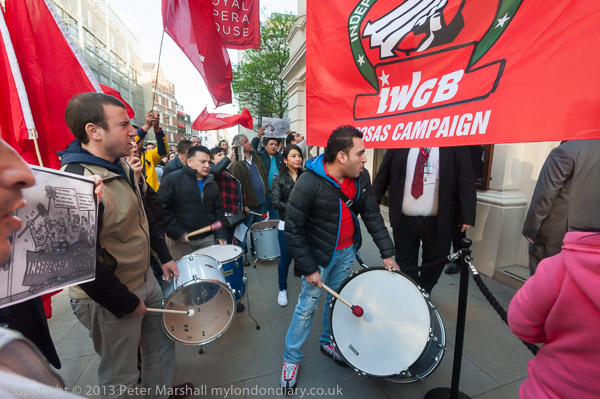
This protest was one of the “noisy” events that the Police, Crime, Sentencing and Courts Bill 2021 being pushed through parliament would criminalise, a very successful non-violent tactic used by smaller unions such as the IWGB (Independent Workers Union of Great Britain) to shame managements into talking with them. MITIE and the Royal Opera House had been refusing to talk with the union to which the majority of the cleaners belong, and instead recognise a large union with few members at the ROH which has come to an agreement with them which fails to address any of the workers grievances.
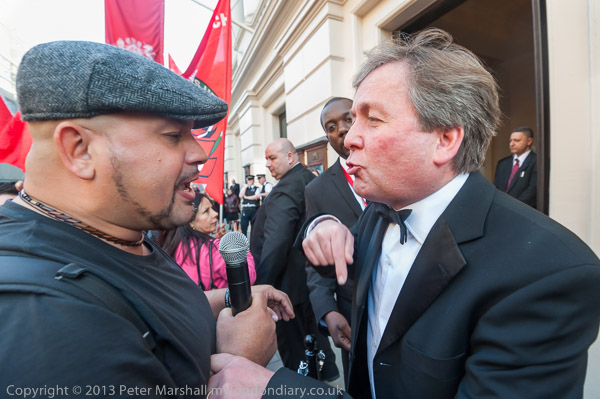
There were angry scenes with some of the opera goers who seemed to feel that the workers had no right to protest, and ROH security staff intervened when one man began assaulting union organiser Alberto Durango. When a large group of police arrived there was an ugly scene when they tried to grab one of the protesters, but she was pulled away by her colleagues, and the police then withdrew to form a line around the opera house. After an hour there were some short speeches, including one by another woman protester complaining that she and others had been assaulted by the police officer in charge, Inspector Rowe, and other officers.
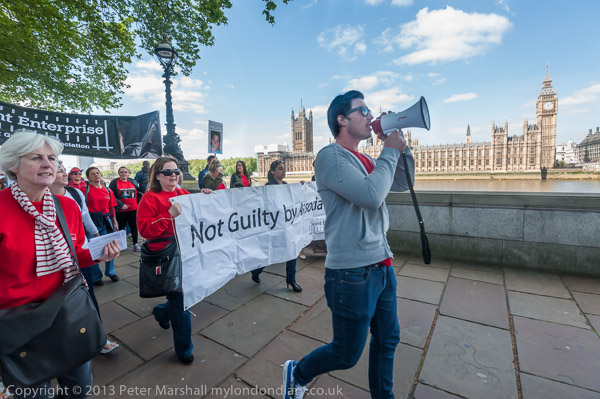
My first event had been to cover a march to Parliament by Families fighting to abolish the 300 year old law of ‘Joint Enterprise’ that has wrongfully imprisoned family members in a gross breach of human rights. Under this people are convicted of crimes they took no part in for having almost any connection with those who actually committed the criminal act – without any real evidence being required or given. Originally intended to enable doctors and seconds who attended duels to be arrested as well as the actual duellists, it is now disproportionately used against Afro-Caribbean young men following stabbings and other street violence. As well as its inherent injustice, the sentences can be extremely long, in some cases up to 30 years in jail. In 2015 police attempted to use it against a protester after they could find no evidence of her committing the ‘criminal damage’ she had been accused of, but the court sensibly refused to consider the charge.
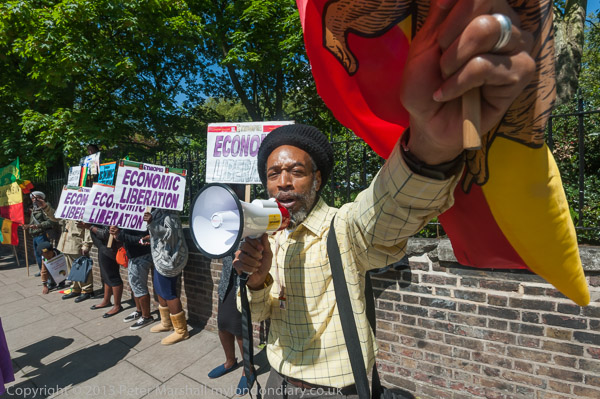
Next I went to the Ethiopian Embassy in Kensington, where Rastafarians from the Church of Haile Selassie I in Cricklewood were holding their annual protest calling for the restoration of the Dynasty of Emperor Haile Selassie 1st to bring about economic liberation of the country. Selassie died following an economic crisis which led to a coup in 1974 at the age of 83. Under his leadership Ethiopia, the only African country to defeat the European colonialists, was the first independent African state to become a member of the League of Nations and the UN.
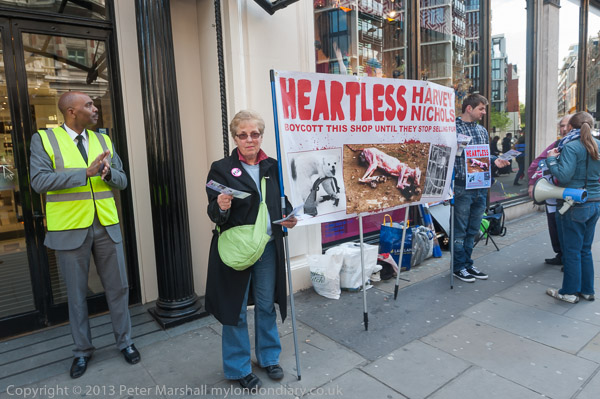
I stopped off on my way back to the centre of London at Knightsbridge to photograph the weekly vigil outside fashion store Harvey Nichols calling on shoppers to boycott them for selling animal fur products, which come almost entirely from farms with exceedingly cruel practices banned in the UK. It is hard to see why using fur from these farms is not also banned here.
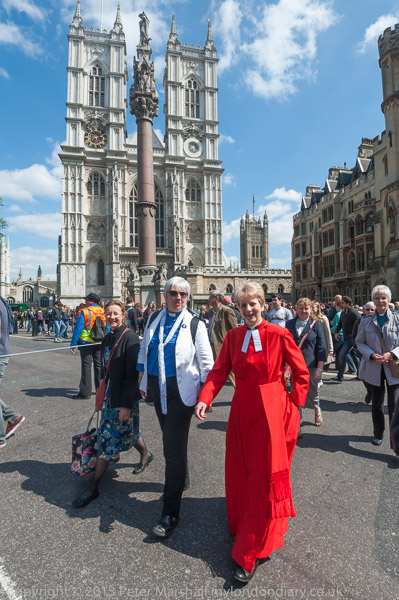
The largest event taking place was the celebration of the 20th anniversary of the first women to be ordained by the Church of England, and a thousand or more women priests went to a rally in Dean’s Yard before marching to St Paul’s Cathedral for a service.
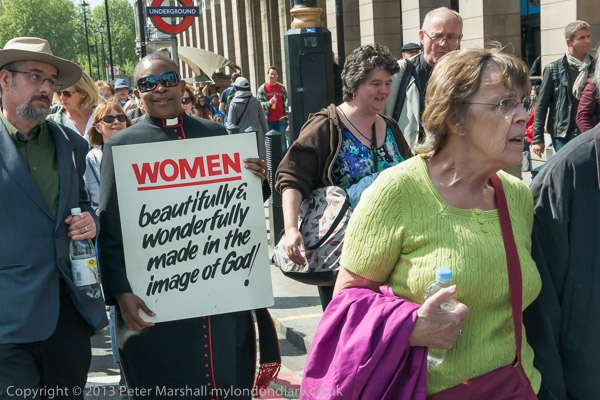
I was brought up in the Congregational tradition, and the Congregational Church had its first women minister in 1919, but it took the Church of England another 75 years before they caught up. They ordained their first women as priests in 1994, and women now make up a large proportion of the church. Among those on the march was the Rev Rose Hudson-Wilkin, the Jamaican-born vicar of Holy Trinity Church, Dalston and All Saints Church, Haggerston (and also finding time to be Speaker’s chaplain at the House of Commons, priest vicar at Westminster Abbey and chaplain to the Queen.) She marched with the same placard she carried when the church was making its decision to ordain women in 1994, with the message “Women – beautifully & wonderfully made in the image of God!” and became Britain’s first black female bishop in 2019.
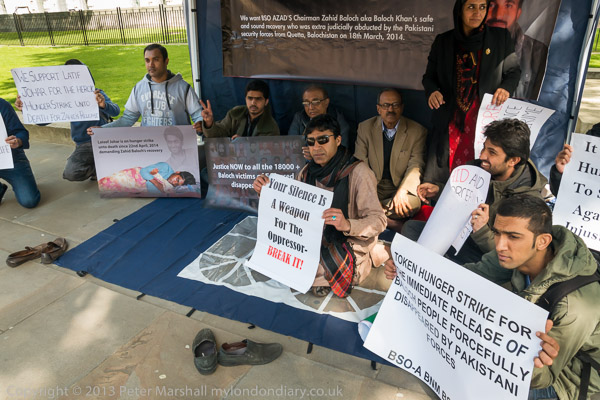
I left the women priests marching along Whitehall to photograph a protest opposite Downing St, where Balochs were staging a token hunger strike on Whitehall calling for the immediate release of all those forcefully disappeared by Pakistani forces. The action was in solidarity with the hunger strike by student activist Latif Johar of the Baloch Students Organisation-Azad (BSO-A) who began a hunger strike outside the Karachi Press Club on April 22 in protest at the disappearance by Pakistan security forces of the BSO-A chair Zahid Baloch in March.
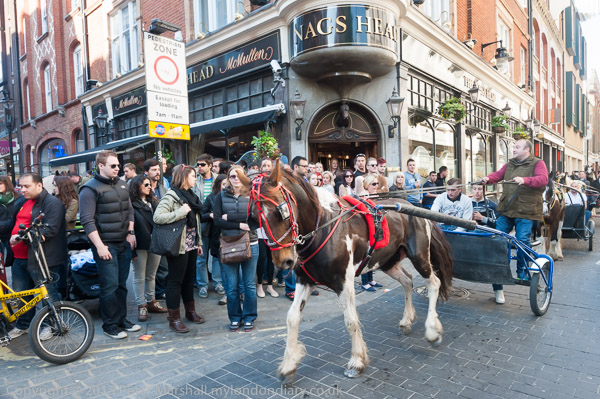
From Westminster I walked to Covent Garden where I was to meet the IWGB for their protest at the Royal Opera House, and sat and waited for them to arrive. To my surprise as I sat reading I heard the sound of hooves clattering on the road, and looked up to see half a dozen horse-drawn traps coming towards me up the street. They stopped briefly and appropriately at the Nags Head, where some of the drivers went in to refresh themselves, and I talked with those left holding the horses outside, and they told me the ride had started at Forest Gate and they had already visited Borough Market on their route around London.
More on all these events:
IWGB Cleaners at Royal Opera
Horse Traps at the Nag’s Head
Baloch Hunger Strike
20 years of Women Vicars
Anti-Fur Picket at Harvey Nichols
Restore the Ethiopian Monarchy
Joint Enterprise – NOT Guilty By Association
All photographs on this and my other sites, unless otherwise stated, are taken by and copyright of Peter Marshall, and are available for reproduction or can be bought as prints.
